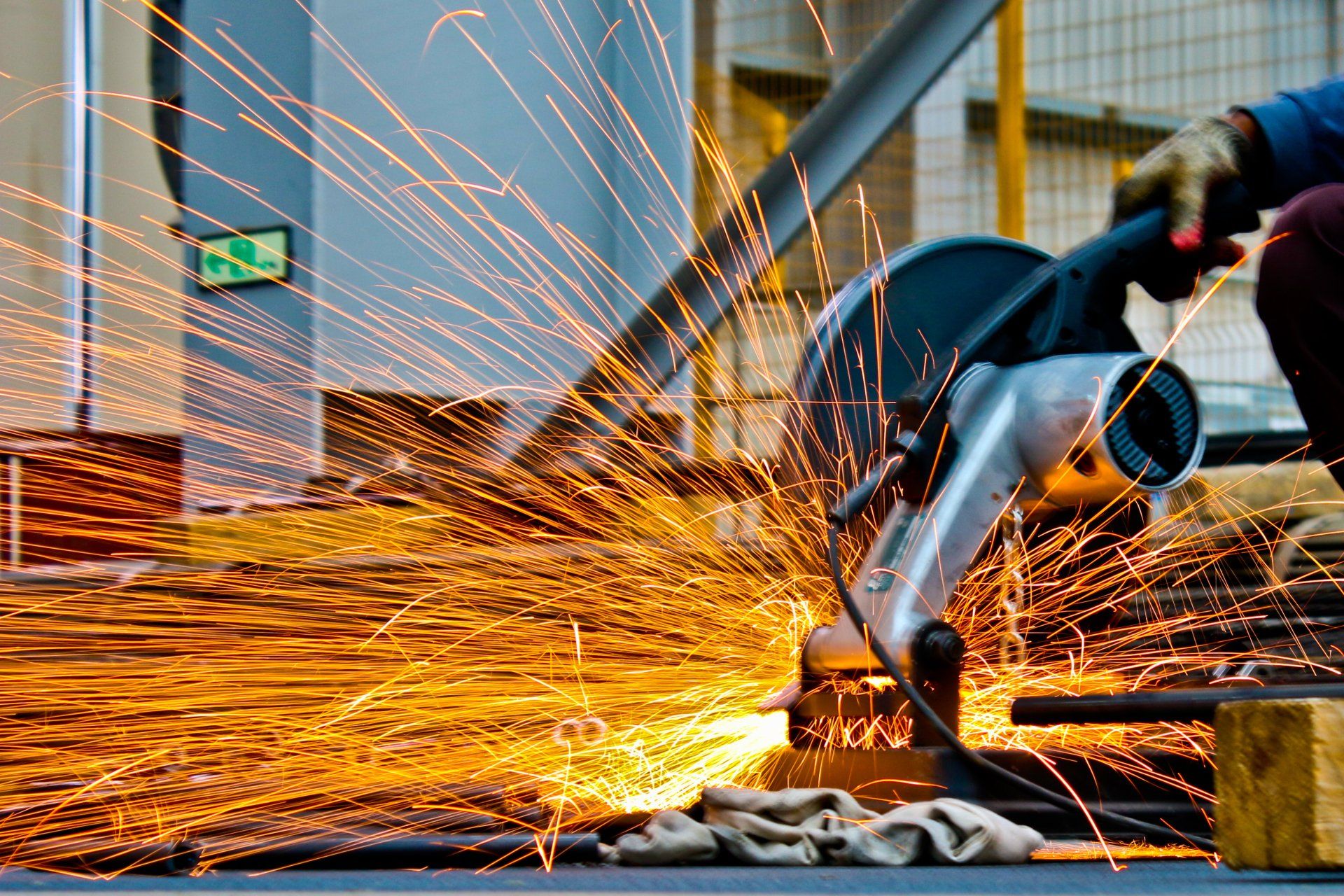Equipment & Installation
C O U R S E S
Quick Links
This course aims to enable participants in developing their
knowledge in the different types of compressors, their
appropriate selection, the working and application stages, and
the main problems and errors and their maintenance and
troubleshooting. This covers also the operation of the compressors, taking into consideration the economical matter.
This course is designed for mechanical, facilities, plant, or
pipeline engineers and technicians.
This course aims to enable participants in developing their
knowledge in the operation and maintenance of oil & gas
production equipment. This covers the storage tanks and
piping systems maintenance and inspection through the API
standards application, in addition to pump and compressor
monitoring and troubleshooting operations.
This course is designed for engineering personnel responsible
for mechanical systems.
This course aims to enable participants in developing their
knowledge in operation, control, maintenance and
troubleshooting of gas compressors.
This course is designed for engineering personnel responsible
for mechanical systems.
This course aims to enable participants in developing their
knowledge and skills in pumping and compressor systems and
equipment.
This course is designed for engineering personnel responsible
for mechanical systems.
This course aims to provide participants with a broad knowledge in the basic operation, controls, monitoring, and problem analysis of gas turbines.
This course is designed for experienced mechanical engineers
and facilities engineers.
This course aims to provide participants with knowledge of the
mechanical design of piping systems and process equipment.
This also covers the safety operations accompanying designation processes, which includes the inspection and monitoring procedures in addition to the after-operation maintenance and troubleshooting.
This course is designed for process, mechanical, and chemical
engineers, as well as technical personnel involved in inspection, and operation and maintenance engineers.
This course aims to enable participants in developing their
knowledge in operation, control, maintenance, and the
troubleshooting of heavy-duty diesel engines. This covers the
proper usage of engines in all aspects (safety, environment, and economic).
This course is designed for vehicles’ fleet maintenance engineers and technicians, and fleet maintenance supervisors.
This course aims to enable participants in developing their
knowledge in the mechanical systems’ installation techniques.
This includes HVAC, firefighting, pumps, pumping systems,
and their types, components, designation, application, and
troubleshooting procedures.
This course is designated for engineering personnel responsible for mechanical systems.
This course aims to enable participants in improving their
knowledge in valves and actuators. This covers all valve and
actuator aspects and operations, which includes, designation,
material selection, construction, application, and maintenance.
This course is designed for maintenance personnel and
instrumentation technicians and engineers.
This course aims to provide participants with a broad knowledge of pressure vessels and heat exchangers. This covers material selection, design calculations, and design codes and standards.
This course is designed for mechanical engineers and facilities
engineers.



